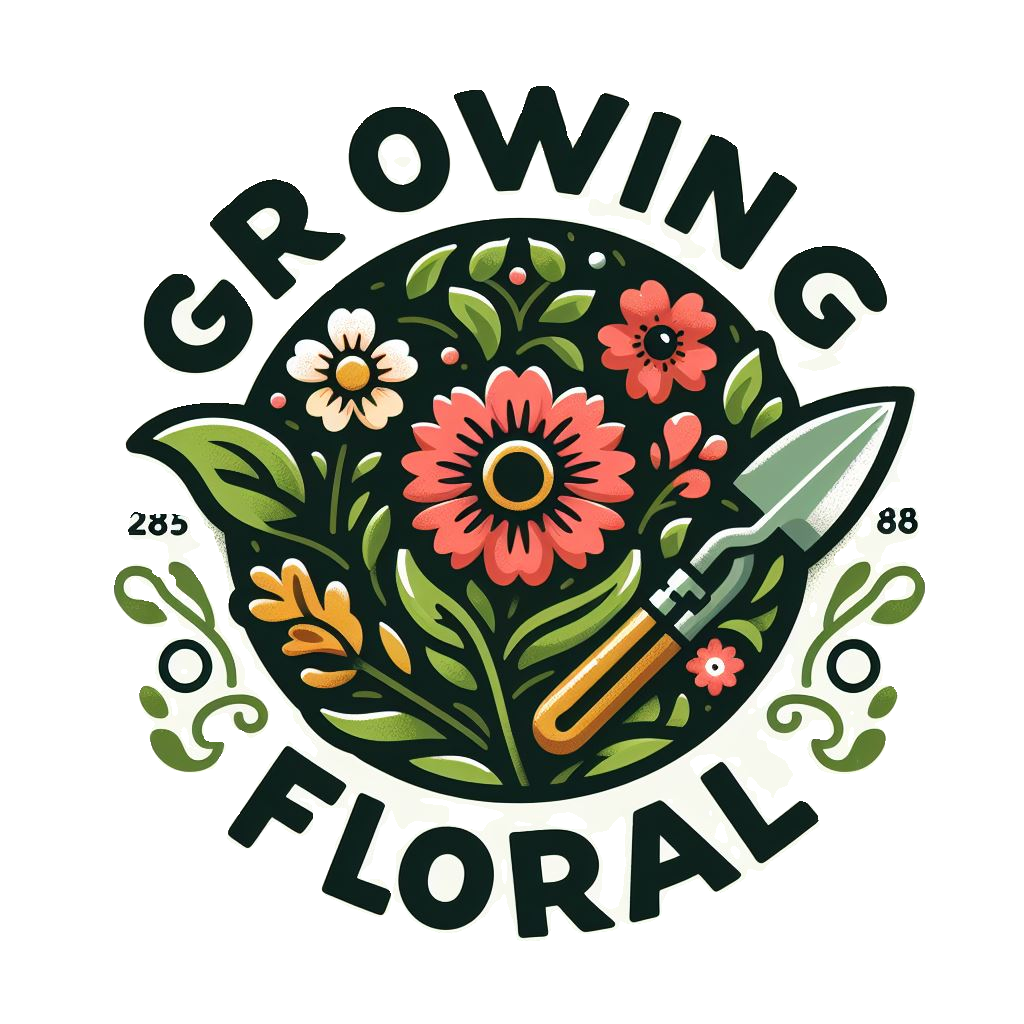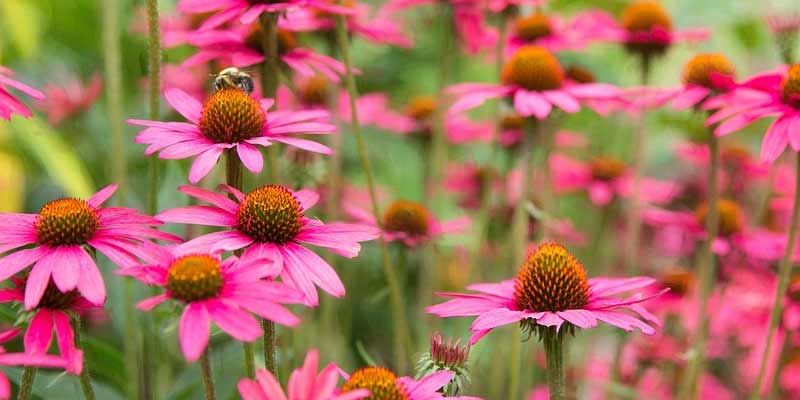Gardeners and nature enthusiasts alike have cherished daisy plants for their charming blooms and resilient nature. Belonging to the Asteraceae family, these iconic flowers are renowned: they brighten up landscapes with vibrant hues–a cheerful demeanor that is their hallmark. Among gardening enthusiasts, one question often arises—do daisy plants spread?
This article delves into the proliferative tendencies of daisy plants, investigating their growth patterns and propagation methods while considering implications for gardeners.
The Nature of Daisy Plants
A diverse array of species encapsulates Daisy plants, with each possessing unique characteristics and growth habits: from the classic English daisy (Bellis perennis) – to the exuberant Shasta daisy (Leucanthemum x superbum), even extending towards delicate African daisies(Osteospermum). Indeed; this variety in shape, size–and overall growth form presents an extensive range within all things “daisy”.
Spreading Mechanisms
To appreciate the dynamic nature of daisy growth, one must understand the various mechanisms that daisy plants employ to proliferate in their natural habitats and cultivated environments.
The Shasta daisy, among certain other species of daisies, propagates via a process known as rhizomatous growth. In this method, underground stems called ‘rhizomes’ spread horizontally to birth new shoots and plants.
These types of daisies exhibit a creeping habit due to their rhizomes; they slowly colonize areas with suitable habitat conditions over time – eventually forming dense clusters.
Self-Seeding: The English Daisy and select Shasta Daisy varieties, among numerous other daisy species, engage in self-seeding reproduction. Following their flowering phase, these plants scatter seeds that subsequently germinate in adjacent soil; this process enables new plant growth without any need for human intervention. Self-seeding daisies, with their charm and spontaneity, rapidly populate garden beds; meadows, and even other open spaces.
Division and Transplanting: Daisy plants, particularly the rhizomatous variety, propagate successfully through division and transplanting; gardeners harness this method to their advantage. They divide the rhizomatous daisies into smaller clumps, each capable of yielding a new plant upon division. Gardeners can employ this method to broaden their daisy collection and effortlessly revitalize current plantings.
Considerations for Gardeners
The beauty and resilience of daisy plants often stem from their spreading nature; however, gardeners must carefully consider specific factors in cultivating these beloved flowers.
Before you plant daisies, actively consider the available space and site conditions. Some species of spreading daisies might need sufficient room for expansion; this ensures their optimal growth without overcrowding neighboring plants. To promote healthy growth and flowering, select a location with soil that drains well and receives adequate sunlight exposure.
Containment: To prevent daisy plants from overtaking garden beds or encroaching on neighboring areas, one should consider implementing containment strategies: edging; barriers; and regular maintenance practices. Dividing and transplanting rhizomatous daisies regularly not only controls their spread but also rejuvenates older plantings.
Deadheading and Pruning: By deadheading spent blooms, and strategically pruning back excess growth; we can not only manage the spread of daisy plants but also promote an attractive–even tidy–appearance. To encourage continuous flowering, and maintain plant health–one must remove faded flowers and trim overgrown foliage regularly.
Harvesting Seeds: Should the self-seeding daisies proliferate excessively, it is advisable to harvest their seeds before scattering them. The act of collecting these seeds empowers gardeners; they can control the emergence of new plants in desired locations and curtail unwanted spread in sensitive areas.
Benefits of Daisy Plant Spreading
The spreading nature of daisy plants, despite requiring occasional containment and management, provides numerous benefits for gardens and landscapes.
Attract Pollinators: Spreading daisy plants contributes to the naturalization of outdoor spaces, specifically by creating wildflower meadows and informal garden settings. The spontaneous growth of these flowers imbues landscapes with a sense of spontaneity and wild beauty; concurrently, it attracts an array of pollinators as well as wildlife.
Stabilize Soil: Rhizomatous daisies, with their dense foliage and spreading habit, serve as effective ground cover plants; they stabilize soil–preventing erosion and suppressing weed growth. By planting these daisies on slopes, embankments, or other vulnerable areas, you can mitigate soil erosion while enhancing landscape stability.
Low-Maintenance Landscaping: Spreading daisy plants, once established, demand minimal maintenance and care; this characteristic renders them ideal choices for low-maintenance landscaping projects. Their resilience and adaptability are qualities that position them favorably in gardens, parks, and public spaces where routine upkeep may indeed be impractical.
Conclusion
Conclusively, daisy plants’ spreading nature testifies to their resilience, adaptability, and enduring appeal in gardens and landscapes. Daisies have evolved ingenious strategies for proliferating and colonizing new habitats through rhizomatous growth, self-seeding or division, and transplanting. Although containing their propensity to spread may be necessary at times; naturalization benefits along with ground cover options, not forgetting low-maintenance landscaping opportunities, make any management challenges insignificant compared with these advantages.
Understanding the mechanisms of daisy plant spreading and implementing appropriate cultivation practices empowers gardeners to capture the beauty and vitality these beloved flowers offer, all while preserving harmony and balance in their outdoor spaces. Whether you cultivate a cottage garden, design a wildflower meadow, or enhance a roadside verge with color – embrace the spreading nature of daisy plants; celebrate their abundance–the diversity they infuse into landscapes is truly remarkable.



Leave a Reply